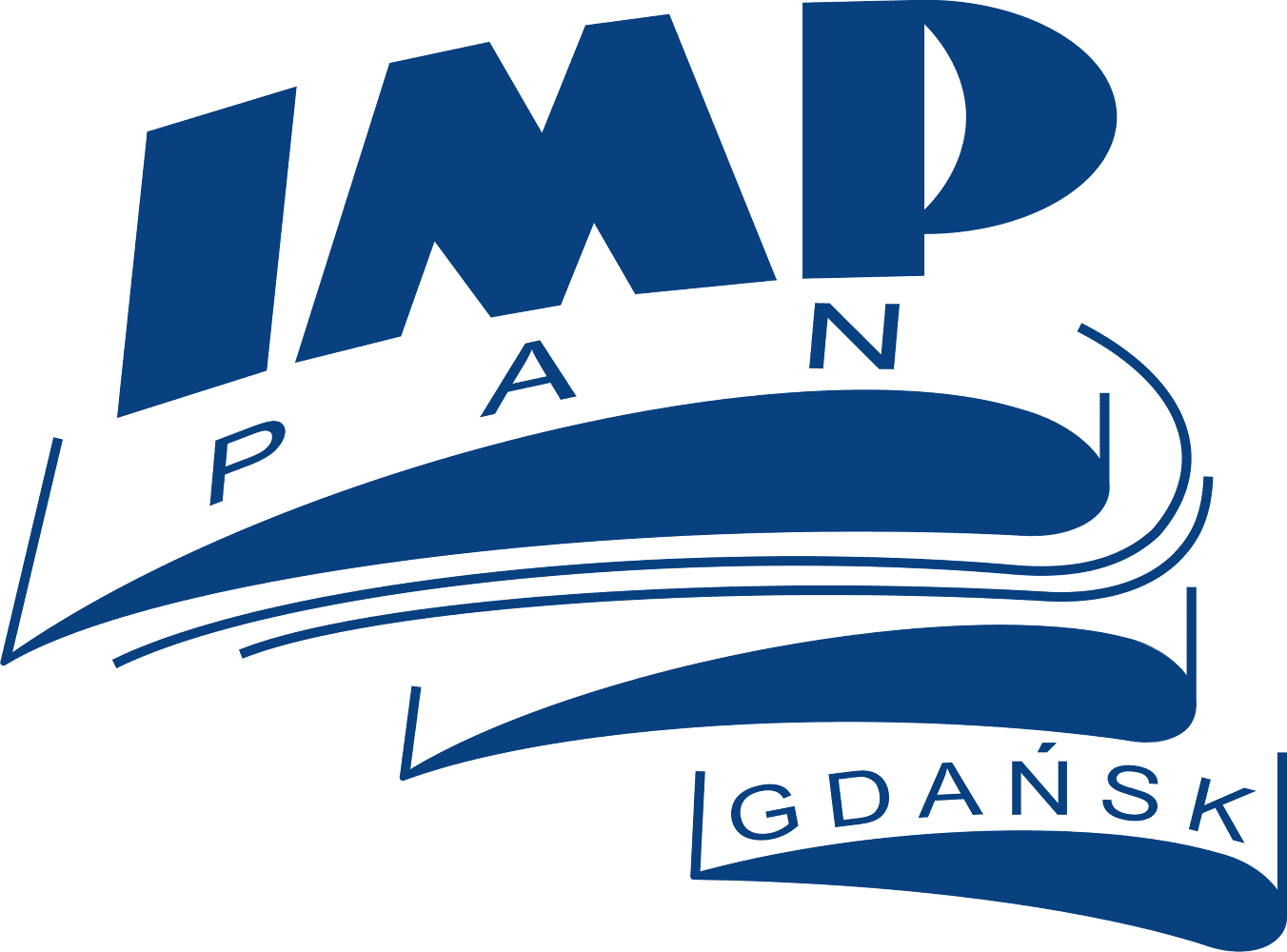- Home
- About the institute
- Research Centres
- Service Departments
- News
- Contact
- Home
- About the institute
- Research Centres
- Service Departments
- News
- Contact
Aerodynamics Department - Research
Topics of research and scientific work
-
Shock Wave Boundary Layer Interaction (SWBLI)
a) SWBLI in various configurations (transonic wind tunnel and CFD)
- flat or convex walls
- suction side of turbine profile (including film cooling)
- compressor/fan profile
- aircraft profile in cruise conditions (A320 profile)
- helicopter rotor blade in hover and forward flight conditions
- aircraft model in cruise conditions
- reduction of shock induced separation
- shock wave stabilization
- noise attenuation
- drag reduction
- location effect - distance to shock wave
- investigations of various tripping devices
-
Flow Control (active and passive)
a) Perforated walls and suction slots
- transonic flows
- basic configurations (i.e. nozzles and 2d airfoils)
- helicopter rotor
- passive/active and hybrid approaches
- subsonic and transonic flows
- basic configurations (i.e. nozzles and 2d airfoils)
- turbomachinery
- helicopter rotor
- subsonic and transonic flows
- basic configurations (i.e. nozzles and 2d airfoils)
- helicopter rotor
- wind turbines
- subsonic flows, basic configurations
- transonic flows
- turbomachinery
-
Turbomachinery Cooling
a) Internal cooling
- experimental and numerical investigations of rib configurations and channel aspect ratio effect on heat transfer and aerodynamic performance
- real engine rib shape
- development and validation of active cooling system technology for turbine casing
- effect of cooled surface shape on HTC
- experimental and numerical investigations of Strouhal (Sr) number effect
- numerical investigations of cross flow effect on impinging jet and cooling effectiveness
-
Turbomachinery - Flow Structure
a) Aerothermal investigation of turbine endwalls and blades
- leakage effect on heat transfer and flow structure on NGV and sidewall
- reduction of separation by streamwise vortices (NGV with film cooling)
- investigations of hot-spot location and flow structure in turbine stage
- simulations supporting test rig design (in DLR Goettingen)
- shock wave boundary layer interaction in cascade
- boundary layer transition effect on aerodynamic performance
-
External Flow and Aeroacoustics
a) Numerical simulations for improving the experimental techniques
designed for aircraft model performance tests at flight Reynolds
numbers in cryogenic wind tunnels (ETW-Cologne)
b) Drag reduction by means of trailing edge excitation
- measurements and simulations for A320 profile in cruise conditions
turbine blades
- thickness harmonic noise on helicopter rotor blade
- high-speed impulsive noise on helicopter rotor blade
- effect of flow control devices on wind turbine blades
Transonic wind tunnel
Subsonic Wind Tunnel
Characteristics:
- closed circuit, closed working section, single return,
- contraction ratio: 16.0,
- main dimensions:lenght 11m, height 7m, width 3m,
- jet shape: octagonal,
- energy ratio: 2.4,
- moving walls for zero pressure gradients.

Numerical Tools
Clusters Overview:
|
|
|
|
16×PIII 600 MHz, 4×PIV Xeon 1.8 GHz, |
12×P-III 1.13 GHz |
|
|
|
|
128×P-III Xeon 700 MHz GALERA Cluster |
8×R1000 195 MHz + 16×R12000 300 MHz |
Last update: 09.05.2025 13:42
© 2025 - Institute of Fluid-Flow Machinery, Polish Academy of Sciences. All rights reserved.
TO TOP
W celu poprawnego funkcjonowania strony Instytutu Maszyn Przepływowych Polskiej Akademii Nauk stosujemy pliki cookies. Możesz je wyłączyć - więcej. - lub zamknąć komunikat.
























